Last updated on September 30th, 2022 at 03:04 pm
Our guide explaining the distinct types of headsets available to use for office communications, contact centres and home workers for telephones, workstations, and PC’s
If you’ve never purchased a headset for office communications before, here’s our quick start guide answering some of the most common basic questions we get asked about by our customers when they are interested in buying a headset. We’re aiming to give you the information you’ll need, so you can make an informed start when looking for a headset that is appropriate for your usage.
So let’s begin with some basics regarding styles and types of headsets available and why it’s important to consider when you’re doing your research.
Table of Contents
What is the difference between binaural and monaural headsets?
Monaural
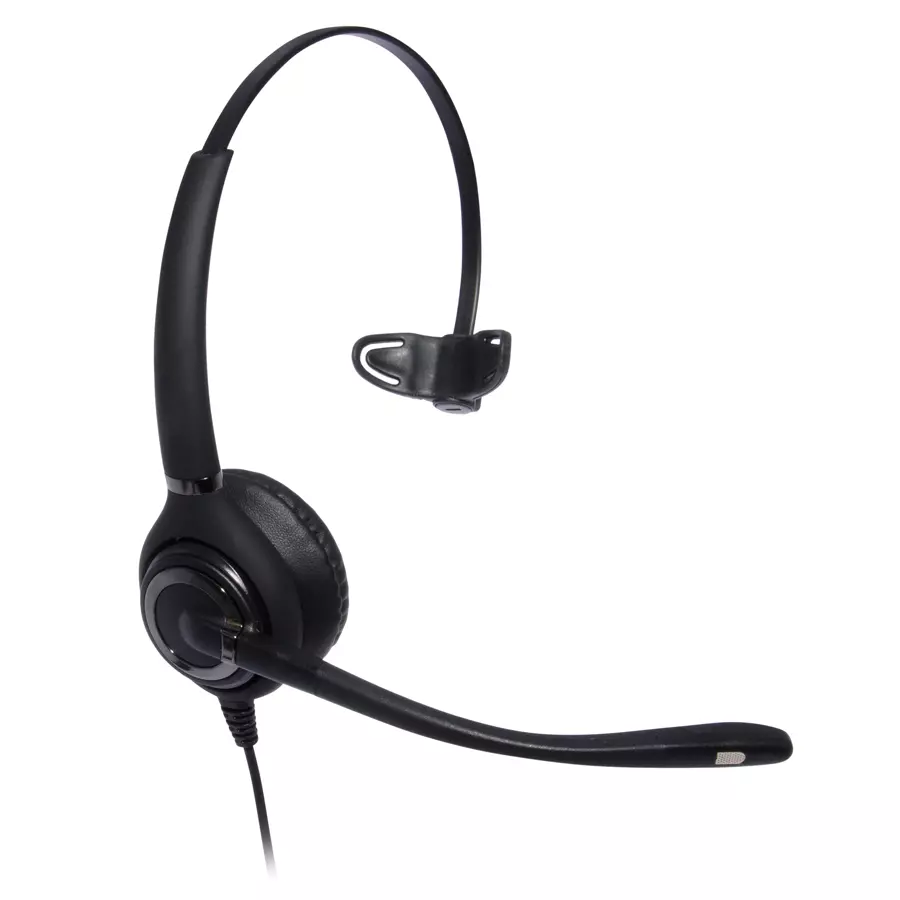
Monaural means a single earpiece headset covering only one ear, with a pad on the other side of the headband to hold it comfortably in place.
Binaural
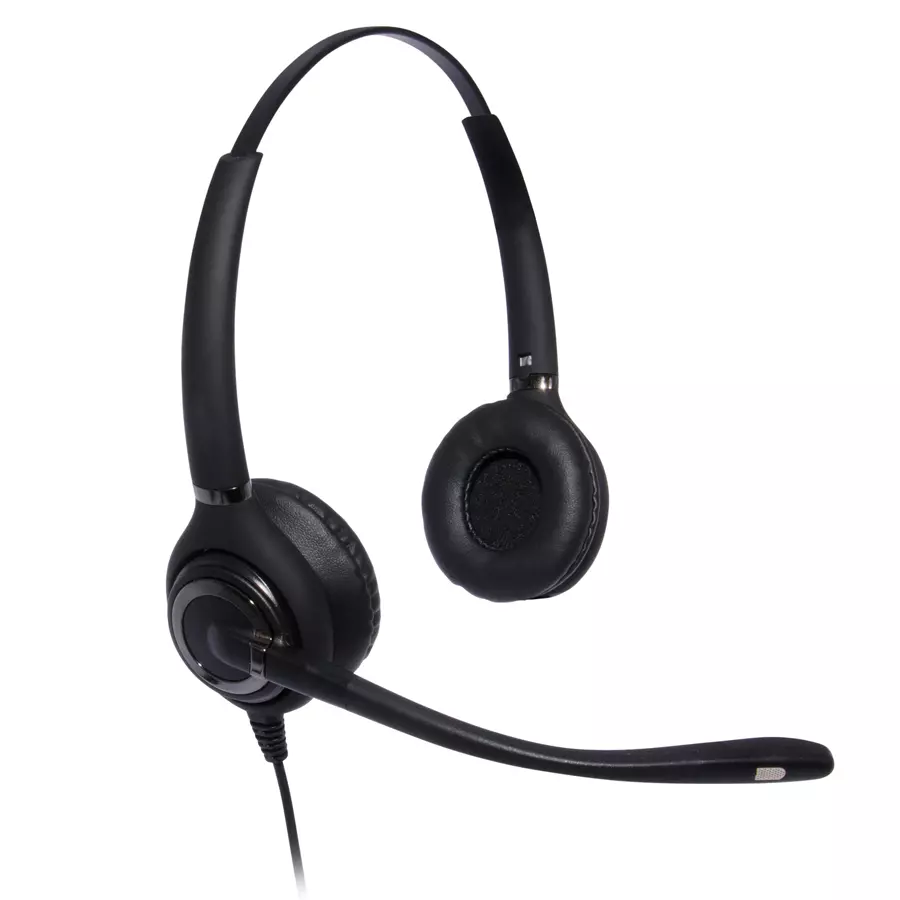
Binaural means a two-earpiece headset covering both left & right ears.
Why chose one or the other?
Binaural headsets
Tend to be better where there is the potential for background noise where the headset user needs to concentrate on calls and doesn’t really need to interact too much with those around them during the call.
Ideal use case for binaural headsets would be busy offices, contact centres and noisier environments.
Monaural headsets
Are ideal for quiet offices, receptions etc where the user would need to regularly interact with both people on the telephone as well as people around them. Technically you can do this with a binaural, however you may find yourself constantly shifting one earpiece on and off the ear as you switch from calls to speaking to the person in front of you and that might not be a good look in a professional front-of-house setting.
Ideal use case for monaural headsets are quiet receptions, doctors/dental surgeries, hotel receptions etc.
What is noise cancellation and why would I choose not to use it?
When we refer to noise cancellation in terms of telecoms headsets, we refer to the microphone part of a headset.
Noise cancellation
Is an attempt by microphone designers to use various techniques to cut background noise so that the voice of the user can be heard clearly over any background distractions.
Noise cancellation can be anything from a simple pop-shield (the foam covering you sometimes see on microphones), to more modern noise cancelling solutions which see the microphone tuned to cut certain lower sound frequencies associated with background noise so that the speaker can be heard clearly, whilst background noise is reduced as much as possible.
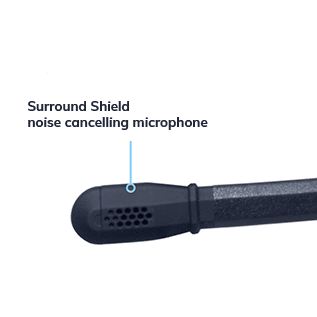
Non-noise cancelling microphones
Non noise cancelling microphones are tuned to pick-up everything, giving a very crisp, high quality clear sound – you can usually spot a non-noise cancelling microphone with the distinct clear voice-tube style pick-up which connects the user’s voice microphone embedded within the headset.
It is obvious that in a busier environment with lots of background noise, then noise cancelling microphones make the most sense, while in a quiet office with no distraction, then a non-noise cancelling microphone could make more sense if clarity of voice is important to you.
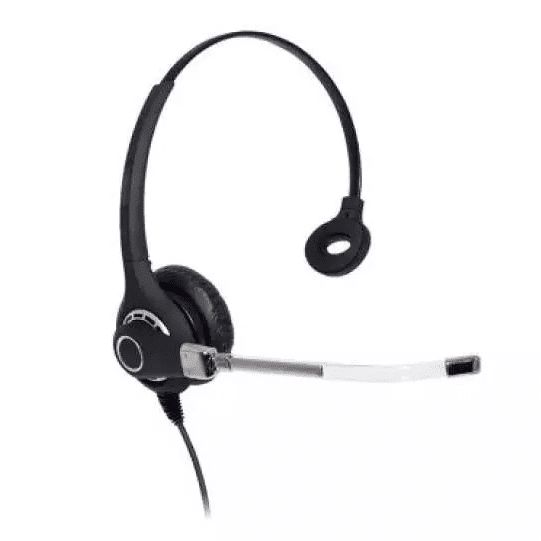
What are the different types of headset wearing style?
There are a few distinctive styles of headset wearing style to choose from, and most of these boil down to personal preference, however some could be seen as preferable in certain work environments, we’ve broken down the top four for you here.
Over the head
The most common style of headset most people would be familiar with. An earpiece (or two) and a band that goes over the head to keep the headset in place.
Neckbands
This style isn’t as common but can be quite popular with people who don’t like to wear the full headband for hair or comfort related reasons. Neckbands are offered as an optional extra by some headset manufacturers.
Over the ear
Without the headband, an over the ear style headset prevents hair from being squashed, this may be preferable for staff who need to keep a tidy appearance, front of house etc, or just don’t like the normal headband style. Over the ear designs can be lighter and are more compact so they can be easier to keep in a desk drawer when not in use. Some people find they irritate the ear, however with modern designs a lot of headsets are light enough for this not to be too much of an issue.
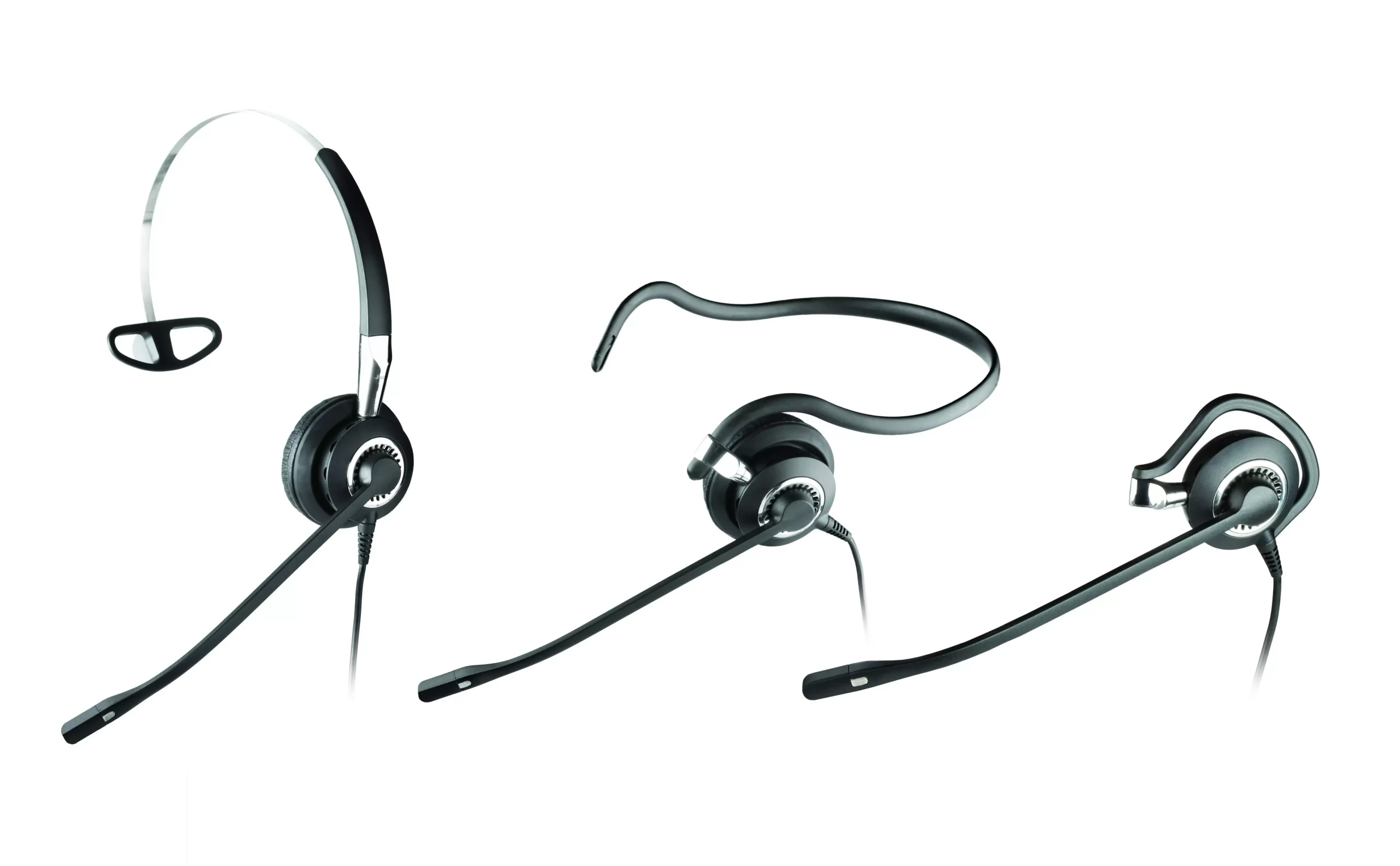
In-Ear (earbuds)
This style is not common for home/office headsets, but there are plenty of Bluetooth headset models like this on the market that would work perfectly well on a home PC or a laptop. These can be great for video conferencing where you may prefer to wear a headset to keep the meeting private, but to have a discreet headset style so as not to distract too much on the video call.
Should I buy a Corded or Cordless Headset?
The choice may at first seem obvious, but there are various things you should consider, so many in fact that we wrote a whole blog dedicated to the subject, so please feel free to click through and read our blog on the differences between Corded and Cordless headsets here:
What can I connect a headset to?
You can connect a headset to pretty much any communications device whether that be:
- Corded telephone
- Cordless Phone
- PC
- Laptop
- Tablet
- Mobile Phone
- Two-Way-Radio (Walkie Talkie)
It is important that you decide before your purchase which device or devices you’d like to connect to as many headsets can connect to multiple different devices. For example a Bluetooth headset can pair to your mobile and your laptop, but did you know that corded headsets also have options in terms of being able to connect to multiple devices quickly and efficiently also?
To detail all of the different options is a very tricky subject to explain in a couple of paragraphs, so we’ve gone into more detail about various connection options in some of our in depth buyer’s guides below. For example, whether you decide a Wired or Wireless Headset is best for you very much informs the options available to you, in terms of how and what you can connect to, so please feel free to read more in our detailed blogs below.
Which headsets do you recommend?
We get asked which are the best wired headsets to recommmend a lot, so we went ahead and wrote a full blog with our picks for the best office headsets for use in the home, the office or for call centres. There’s a lot of factors to consider; budget, personal tastes, etc, so we have tried our best to mark out the best things about each of the headsets in our list. Click the link below to see which we liked.
Further questions about office headsets that require more in-depth explanation.
Some seemingly simple questions do have longer, more complex answers, so rather than giving you a short partial bit of information on each subject, we’ve written full blogs for each of the following questions. Please click and share them if you feel they’re useful to you or your colleagues!


